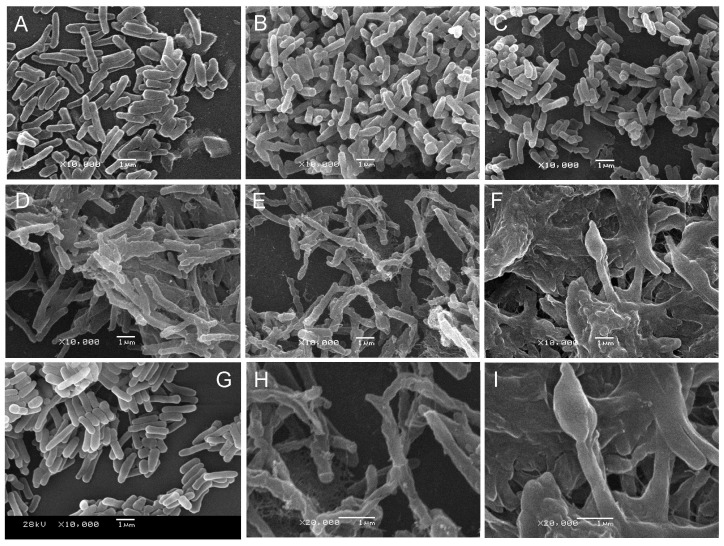Figure 8. Scanning electron micrographs of M. smegmatis LS2 strain after shifting temperature from 30°C to 42°C.
M. smegmatis LS2 grown at 30°C was switched to 42°C when OD600 reached to 0.01, and M. smegmatis LS2 strain kept growing at 30°C was as control. The cells were harvested after temperature switched for 72 h, 120 h and 192 h, respectively. The micrographs showed that shape and size of M. smegmatis LS2 strain kept growing at 30°C (A, B, C) were similar to those of wild type strains, whereas the M. smegmatis LS2 strain at 42°C became longer shapes, “bulb” heads, rougher cell surface and even lysis (D, E, F). A, B, C. M. smegmatis LS2 grown at 30°C for 72, 120, 192 h (10000×); D, E, F. M. smegmatis LS2 grown at 42°C for 72, 120 and 192 h (10000×). H, I. M. smegmatis LS2 grown at 42°C for 120 and 192 h (20000×); G. Wild type M. smegmatis mc2155 (10000×).

